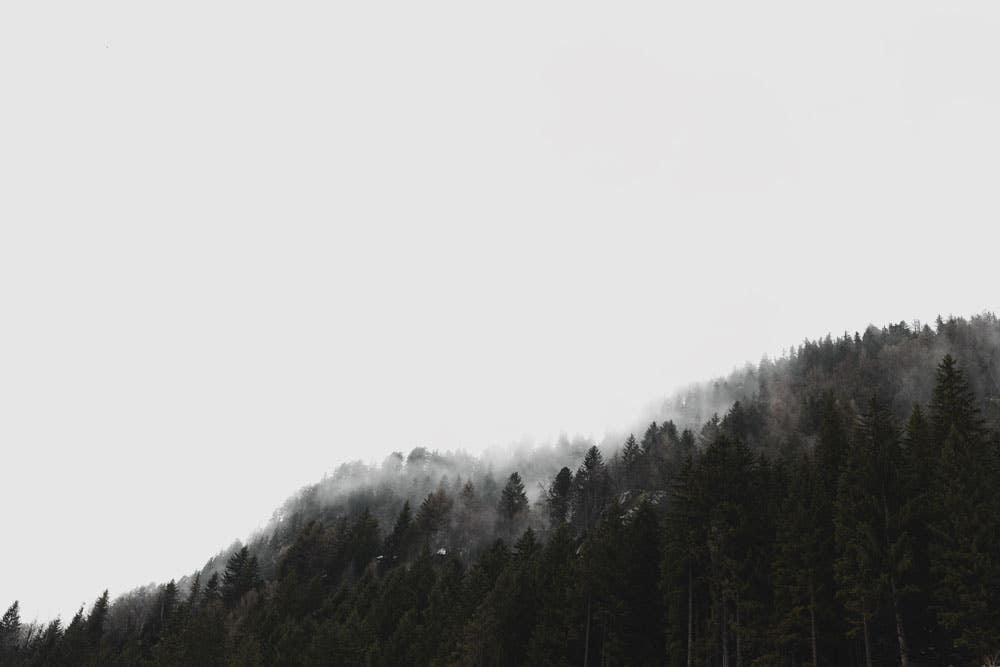How to Use Negative Space to Compose Better Photos
The saying “less is more” is definitely true in many contexts, but is particularly relevant when it comes to photography. Negative space is one of the most effective photography techniques for conveying emotion in your photos - and as we all know, an emotive photo is a powerful photo.
In spite of this, negative space photography can be a daunting technique to learn. From the definition of negative space photography to a step-by-step guide to using it in your work, read on to learn how you can use negative space to capture your audience’s attention.
What is negative space photography?
Also known as “white space photography”, negative space photography is a photo composition technique that deliberately leaves space around your subject. The “negative space” refers to the area surrounding your subject: On the flipside, your subject occupies the “positive space”.
The purpose of negative space is to create balance between your background and the focal point of your photo. In theory, negative space defines and draws the eye toward the main subject, making the image more striking and aesthetically pleasing overall.


What are the benefits of using negative space?


New photographers tend to focus on capturing their subject, without giving too much thought to what’s around the subject in the frame. This can lead to cluttered and clumsy photo compositions.
That’s where negative space composition comes in. It reduces visual clutter in the image, and encourages viewers to hone in on the subject, which usually only takes up a small portion of the frame. Again, less is more: The smaller the subject, the more memorable it often is.
By creating contrast, negative space leads to more striking and dramatic images. The technique is particularly popular among portrait photographers, and with good reason. As humans, we’re drawn to other people, so we like it when they're the main subject of a photo. Negative space portraits convey a sense of scale, making the model appear small in comparison to their surroundings and evoking emotions like solitude or mystery.
How to use negative space
Unlike some other photo composition techniques, like the Rule of Thirds, negative space doesn’t require following a bunch of rules. As long as your subject is still the focal point, you can use your imagination to find the right balance between the positive and negative space in your image.
For example, you don’t need to rely on empty or blank spaces like big stretches of sky, sand, or water. Many landscape photographers play around with using other items or people in the periphery. As a photographer, this lack of formality can be really liberating! Instead of following guidelines, you can use your instincts and emotions to compose your images.


Top Tip: If a composition evokes a certain feeling for you, like happiness, loneliness or wonder, chances are it will do the same for your audience!
Tips for using negative space in your photos
Since there are no rules with negative space photos, this photography technique is all about intuition - and you’ll only get better over time. To begin, you can experiment with these tips:


- Shoot from different angles. You never know when inspiration will strike! Try crouching down so you can fill up the frame with the sky, or climb onto a rooftop to take panoramic photos with your digital camera.
- Use negative space to position your subject in an unusual area. Think: A bottom corner or another novel spot in your frame.
- Branch out beyond blank spaces. Remember, your negative space doesn’t need to be an area that’s totally void of details — it just has to contrast with your subject. Cloudy skies and textured walls can be very effective as negative space.
- Aim to take up two-thirds of your image with negative space. This isn’t a hard-and-fast rule, but it can help you with composition if you’re new to negative space photography.
- Keep practising! This isn’t a photo composition tip that you’ll master in a day, so don’t put pressure on yourself. Just keep looking for opportunities to use negative space, and you’ll improve the quality and emotional impact of your photos.
Learn more photo composition tips
Half the fun of photography is playing around with new styles. Negative space photography is just one of many composition techniques that can add emotion, depth, and style to your photos - all you need to do is give it a try.
For more photography tips and easy ways to improve your photography skills, check out our blog.
In need of a new camera or photography accessories? Drop into your local Ted’s Camera store to get advice from a member of our experts today!
Next Post
8 Tips for Waterfall Photography
Previous Post
10 Things to Know About Our Total Care Packages
